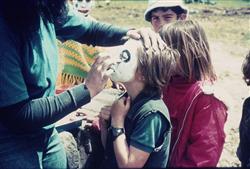Study at Home - Play Leadership Course - Expand Your Career Options
 Develop skills for any play leadership situation
Develop skills for any play leadership situation- Work in after-school and vacation care programs
- Understand the importance of play in a child's development
- Graduate with confidence
- Highly experienced tutors have been training play leaders for 30 years
- Play leadership is a unique and rewarding profession and is a job which is very important.
"A truly cohesive course. Excellent in fact! Absolutely essential for anyone working in child-care, a play leader at a children's vacation camp or even parents who want to understand more about the importance of play in child development. This course gives a very in-depth look at a variety of topics which carry tremendous value in understanding children" Jade Pollock, former Youth Leader and Teacher (ACS Tutor).